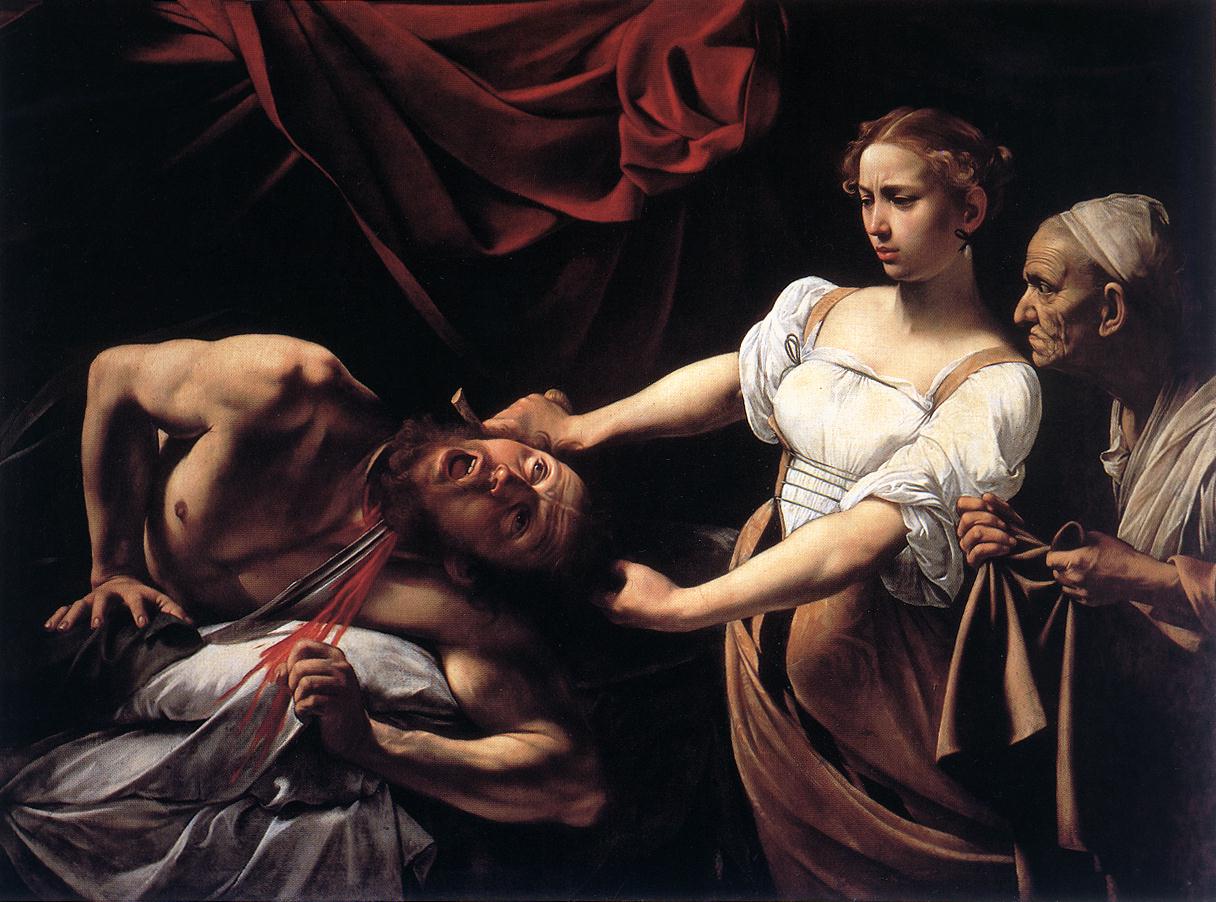I was never really big on receiving
flowers for birthdays or holidays. Although I appreciate them visually now, I
am still under the impression that they’re just going to die, so they’re not really an uplifting symbol of unending love. And to be honest, I’ve never been too
fond of floral scents – you’ll never see me stopping to smell the roses. While
I’m sure part of my original aversion to flowers was just teen angst, I have to
say that I was pretty smug to learn that my excuse that “flowers just die”
actually has historical backing.
Shortly after the Reformation,
Calvinism became the official religion of the Dutch Republic. This threw the
function of religious art into chaos because depictions of religious figures
were considered idols, and thus forbidden. Meanwhile, Amsterdam and Antwerp
were becoming centers of trade and a new, wealthy middle class was growing.
These rich and religious people needed something to spend their money on, and
artists met that need with flower still life paintings.
Individual artists specialized in
specific genres of paintings. Flower still life painters developed a simple
formula to quickly churn out paintings to meet the demands of the market. The
first step was to simplify the background. Most flower still lifes are set on a
simple stone ledge with a dark, ambiguous background. The Dutch people wanted
perfect, glass-like surfaces on their paintings. Although the Dutch painters
achieved visual naturalism, these are not realistic flower arrangements. The
flowers come from all different regions and different seasons, so they could
never be found together in a live arrangement. The pictured vases could also never hold
such a surplus of flowers without tipping over. In reality, artists collected
sketches and paintings of flowers from all different angles in a self-made
“pattern book.” They would then pick and choose from their pattern books to
create flower arrangements, saving the time and money of needing a live
arrangement as reference for every painting.
Paintings of flowers served many
purposes during the Dutch Baroque era (1600 – 1700).
- A
painting of flowers was much cheaper than buying flowers, so the middle class
could afford to plaster their walls with paintings even if they couldn’t fill
their houses with flowers.
- The
more luxury items in the painting, the more expensive it was – but it would
still be cheaper than owning those items.
- The
paintings were filled with religious symbolism since blatantly religious
paintings were now forbidden.
- Cut
flowers are a momento mori – once the stem is cut, they are dying and their
beauty will fade (aka “flowers just die”)
- However,
the variety of flowers are a celebration of the abundance and creativity of God
- Seashells
and other small treasures are reminders of material goods that are meaningless
after life
- Caterpillars
and butterflies are symbols of Jesus’ three days in the tomb and his
resurrection from death
One notable flower still life painter
is Rachel Ruysch. As a rare woman painter, she was considered a “curiosity” and
her paintings were collected by kings and queens across Europe. Her father was
a botanist so she had been studying and sketching plants from a young age.
Since her father was wealthy, she had the privilege of a private painting tutor
– still life specialist Van Aelst. Ruysch’s paintings adhere to a certain
recognizable trademark. You can spot a Ruysch painting by its larger than
average size, black background, and her center spotlight. Almost every Ruysch
painting starts with dark edges that encompass a white flower so bright that it
seems to emanating the light itself. The pattern is easy to see when looking at a mass amount of images like in this Google image search.
The Dutch knew that flowers don't last forever, but this didn't make them cast them aside like I did. Instead, they embraced flowers as symbols of their religion after their visual vocabulary was wiped out by Calvinism.
Resources:
Doot Bokelman, "Art History Survey II" (lecture, Nazareth College, Rochester, NY, Spring 2012).
Doot Bokelman, "18th and 19th Century Europe" (lecture, Nazareth College, Rochester, NY, Fall 2014).



















